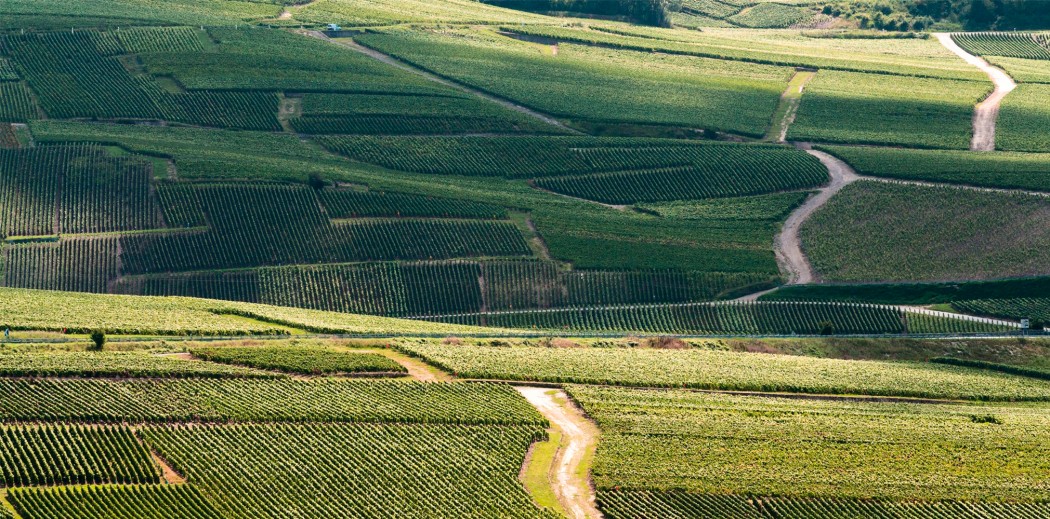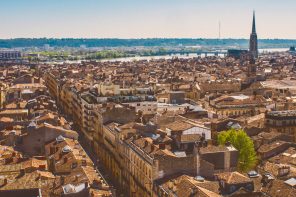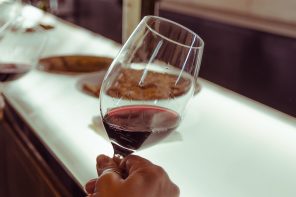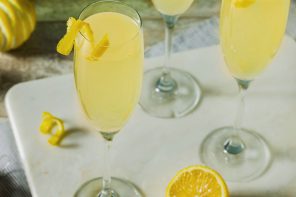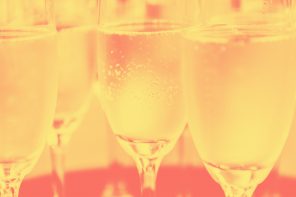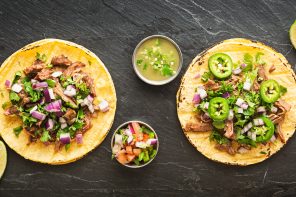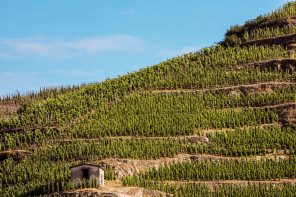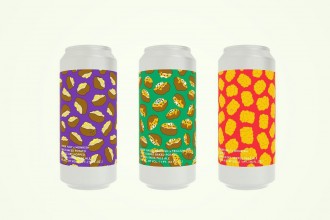Of all the bubbles in the world, none shine quite as bright as the ones from Champagne. This sparkling wine mecca in northern France is inarguably recognized as the greatest region in the world for bubbly – and it’s no mystery why. Cool climates, high-acid grapes and chalky, Kimmeridgian soils provide the ideal conditions for creating seriously sought-after sparkles. So what exactly does it take to make the greatest bubbles on Earth?
First and foremost, Champagne must come from the designated region in France. The blanket term ‘Champagne’ that many use for sparkling wine is actually inaccurate. In order to be deemed Champagne, the wine must come from the namesake region, use certain grapes, and be made following certain method. The Champagne region of France is situated about 100 miles east of Paris and can be broken down into five areas: Montagne de Reims, Vallée de la Marne, Côte des Blancs, Côte de Sézanne and the Aube. Reims and Epernay are the two biggest cities within the greater Champagne region, easily accessible via high-speed train.
Within these five regions, strict production rules are put into place to ensure the highest quality juice possible is produced. Champagne must be produced in the méthode traditionnelle, meaning that the wine undergoes a secondary fermentation in bottle. The three major grapes used in Champs production are Chardonnay, Pinot Noir and Pinot Meunier, though minimal amounts of other specified varieties are permitted. The wine is required to age for at least 15 months prior to release, 12 of which must be done so on the lees, or aging with dead yeast cells, post-fermentation.
Believe it or not, the original vineyards planted in Champagne were originally meant for red wine production. The Romans were the first to farm the land, planting vines for the sake of sacramental wine. However, the cool climate and harsh conditions of the region made it nearly impossible for the area to produce quality, still red wines; however, these high-acid grapes were perfect for sparkling.
Within the Champagne category, various degrees of sweetness exist. From driest to sweetest, they are: Brut Zero, Extra Brut, Brut, Extra Dry, Dry, Sec, Demi-Sec and Doux. Confusing for sure, but after a few rounds of memorization, you’ll get the hang of it. Most bottles of Champagne are NV, meaning they are a blend of various vintages, though in exceptional years, a vintage will be declared within the region and select wines will be produced from that single year – making for extremely high-quality (and expensive!) bottles. Some wineries will also make rosé Champagne and Prestige cuvées, the latter of which is deemed the cream of the crop of a specific estate.
The one thing to really take away from your Champagne 101 lesson is that these wines aren’t just for meant for celebrations! Champagne’s naturally high acidity and complex flavor profile make it extremely easy to pair with food. We recommend trying it with salty seafood, creamy cheeses, and, believe it or not, your favorite fried appetizers! Trust us, you’ll thank us later.

